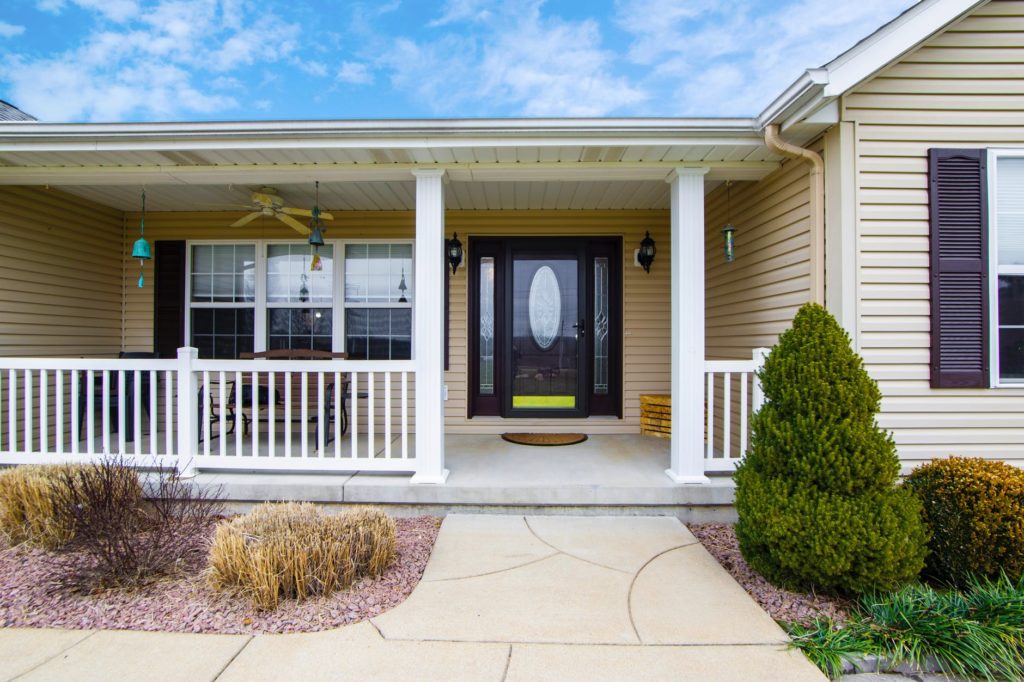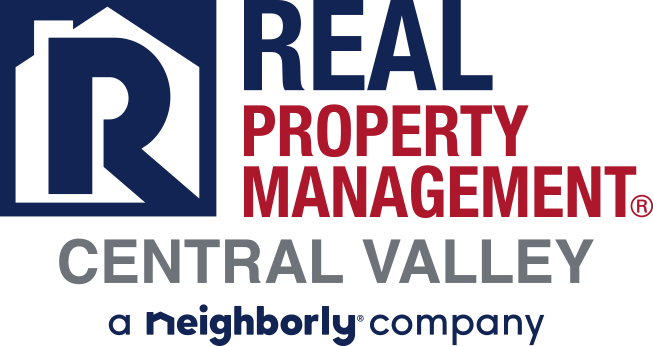Tips for buying your first investment property

Real estate is one of America’s favorite investments — and with good reason. In an ideal scenario, you buy an investment property, pay down the mortgage with rental payments, and keep the profits when you later sell.
Demand for investment properties has been climbing for several years, and most of the push is coming from people with fewer than 10 properties in their portfolios, according to data firm CoreLogic.
But like any investment, there’s a lot of work involved — and some risk, too.
Here’s what you should know before investing in a rental property:
What is a rental property?
A rental property is real estate purchased by an investor and rented out to tenants. Rental properties fall under two categories:
- Residential: These include single-family homes, apartments, and condos
- Commercial: These include office buildings, x, and any other properties zoned for business purposes
We’ll focus on residential rental properties. As the landlord of a residential rental property, you can either manage the property yourself or hire a company to handle matters like communicating with renters and ordering repairs. When you’re ready to sell the home later, you keep any profits from the sale.
If you’re in the market to purchase a property, Credible can help you easily compare mortgage rates from all of our partner lenders — it only takes a few minutes, and it won’t affect your credit score.Credible makes getting a mortgage easy
- Instant streamlined pre-approval: It only takes 3 minutes to see if you qualify for an instant streamlined pre-approval letter, without affecting your credit.
- We keep your data private: Compare rates from multiple lenders without your data being sold or getting spammed.
- A modern approach to mortgages: Complete your mortgage online with bank integrations and automatic updates. Talk to a loan officer only if you want to.
Pros and cons of owning a rental property
While you could turn a nice profit after selling a rental property, they take a lot of work to manage. Here are some of the main benefits and drawbacks of owning a rental property:
Pros
- Potential profits: If your property value increases and your renter’s payments cover all housing costs — like the mortgage, insurance, taxes, and maintenance — then you come out ahead when you later sell the home.
- Tax breaks: Rental property owners can deduct expenses for managing their properties on their income tax returns. These can include interest, taxes, and maintenance costs.
- Diversification: Financial experts generally recommend putting money in different types of investments to limit risk. So if you lose a lot of money in your 401(k), for example, you can theoretically still rely on the home equity in your rental property.
Cons
- Potential losses: No investment is guaranteed, and you might lose money if the property value falls, the maintenance gets expensive, or you can’t find reliable tenants.
- Strict requirements: Because the home isn’t your primary residence, mortgage lenders might require a down payment of at least 15% on a conventional loan.
- Active involvement: You’ll need to either manage the property yourself or hire someone to do the work, which eats into your time and profits.
How to buy an investment property
You’ll usually need to take out a mortgage, find a renter, and make sure you’ve got all your costs covered.
Here’s a quick rundown on how to buy a rental property:
- Set your budget
- Get pre-approved for a loan
- Consider property management
- Search for potential properties
- Look into landlord insurance
- Set your rent
1. Set your budget
Although you’re planning for a renter to foot the mortgage payments, you’ll still need to figure out if you can afford to buy a second property and how you’ll handle recurring expenses. Make sure to budget for both upfront and recurring costs when buying a rental property.
Upfront costs:
- Down payment (15% on conventional loans)
- Closing costs
- Cash reserves (six months’ worth)
Recurring costs:
- Property taxes
- Landlord insurance
- Maintenance and repairs
- Property management fees
- Vacancies
- Homeowners association fees
2. Get pre-approved for a loan
A mortgage pre-approval can help you figure out how much money you can borrow when investing in rental properties. The pre-approval is based on your creditworthiness, income, and outstanding debts.
When buying a rental property, you can use a conventional loan or an FHA loan. The qualification standards vary with each mortgage program, and they might also differ from what’s required on a mortgage for a primary residence:
- Conventional loan: Credit score requirements range from 640 to 700, depending on your debt-to-income ratio, the number of units you’re purchasing, and your down payment.
- FHA loan: The FHA allows homeowners to buy a property with up to four units, as long as one is owner-occupied. You’ll need a credit score of at least 580 if you put down at least 3.5%. If you can put down 10%, the minimum credit score drops to 500.
3. Consider property management
Property management companies do a lot of legwork if you’re buying an investment property, such as handling renter issues, collecting payments, and hiring someone to take care of ongoing maintenance. Paying a company to take care of these details could be a good option if you don’t live near your rental property.
The cost of the service varies with every company and location, and it also depends on what you need the company to do. Tip: Expect to pay at least 8% to 12% of the monthly rental value plus expenses. So, if you charge your renter $1,000 a month, for example, your monthly property management bill might start around $80 to $120.
4. Search for potential properties
If you’re a first-time investor, then buying a rental property in a new, popular neighborhood can help cut down on maintenance expenses and costly vacancies. Look for:
- Location: The neighborhood where you buy the rental property will influence the type of tenants you attract and the vacancy rate. For example, a property near a university might be appealing to students, though you might struggle to rent out the home during the summer.
- Property condition: If you decide to buy a fixer-upper, you’ll probably have a lot of upfront repair costs and more ongoing maintenance. While this might be fine if you’re skilled at home repairs and live nearby, it could be a deal-breaker for others.
- Property taxes: Depending on where the property is located, property taxes could add hundreds of dollars to your housing payment every month. If you’d rather keep your costs down, look for properties in areas with low tax rates.
- Average rent in the area: After adding up your estimated monthly housing costs, check whether the average rent in the neighborhood would at least cover that amount.
- Amenities and potential job market: Drive through the neighborhood and check out the restaurants, parks, gyms, public transportation links, and any other perks that attract renters. In the same vein, you’ll likely attract qualified tenants if there are lots of employment opportunities in the area.
To help inform your purchase decision, try using Credible’s mortgage payment calculator below. The calculator can help you figure out what your monthly payment might look like and steer you toward the right price range.
Contact RPM Central Valley
For more tips on buying your first investment property, or to speak with us about the property management services that we can offer you, contact us today by calling (209) 572-2222 or click here.
